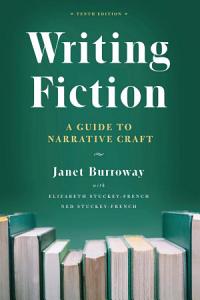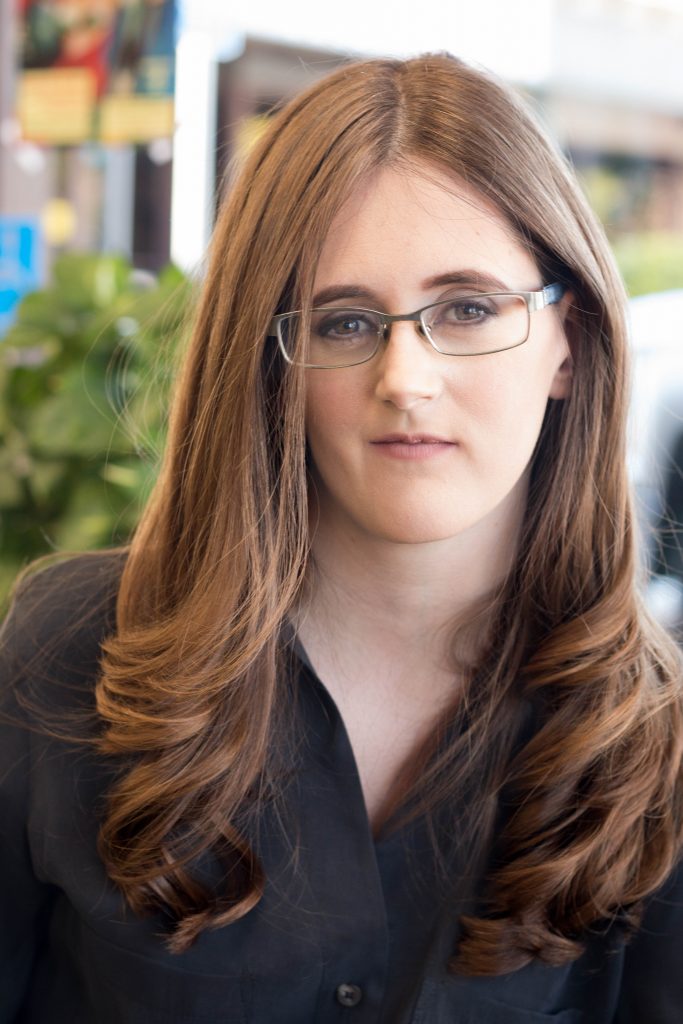By Marissa Dunham //

Writing Fiction: A Guide to Narrative Craft by Janet Burroway
When I was struggling with third person limited for a story about a man attacked by a tiger, I asked around for a good book on point of view. Two of my writing instructors, neither of whom knew each other and who were both from completely different situations, one was in Canada and the other was local, recommended Writing Fiction: A Guide to Narrative Craft by Janet Burroway. And I must say I couldn’t have been more pleased with the recommendation. So today, I thought I’d give one more academic-ish craft book a try and open up my library to you all with this classic by Burroway.
What brought me to Writing Fiction was point of view. In my early writing, I struggled with head hopping, stemmed from a longtime admiration of Virginia Woolf’s stream of consciousness. But when I read Chapter 8 “Call Me Ishmael: Point of View” in Writing Fiction, my understanding of point of view grew significantly.
What is especially beneficial about Chapter 8 is that we look at point of view from four different layers:
- “Who Speaks?” (This is the meat of the chapter where we are given usable definitions for third person limited, second person, etc.),
- “To Whom?” (This is where we consider audience.),
- “In What Form?” (This is where we talk about story form.), and
- “At What Distance?” (This is the crucial part of the chapter where we bring in scene work and acknowledge that our characters have bodies.)
For me, looking at point of view through these four layers helped me break down where I was misunderstanding point of view and stay consistent with only one so that my readers could follow along, so important for anyone writing for an audience.
Chapter 8 is a great chapter and one that will benefit you too if you’re struggling with point of view.
The book also gets high marks for story structure, or plot, in Chapter 7 “The Tower and The Net: Story Form, Plot, and Structure.” It’s a must read for anyone wanting to strengthen their plotting skills.
The biggest challenge for those intrigued by this book is which edition to pick.
There are 10 editions available. If you’re looking for an edition many use, try the sixth or seventh editions. These have the short stories and reflect the feedback from decades of writers using the book.
According to the Preface on page xiii of the 10th edition, a major change happened where the short stories were removed so that writing instructors could more easily use the book in a workshop-style course. But, the 10th edition also covers current issues for writers like distractions, appropriation, and genre, which the other editions do not.
So weigh carefully which topics and features are most important to you. Whichever edition you decide, it’s a solid book, and one I am happy to recommend.
For more information about the editions, check out reviews on Amazon. Writing professors, novelists, and writing craft book aficionados have broken down the pros and cons of each edition far more than I could possibly do within the space of this column. And it could be insightful for you to get a few more opinions before landing on the one you want.
It seems that when we’re writing, no two stories ever have the same craft problem. You may have mastered first person in one story, while selecting the correct climax character or deciding when to raise the stakes in the dialogue of the main character might be challenges you were not prepared for in your next book – even if you’ve been writing for many years. That’s why Writing Fiction is so highly regarded. It covers almost all craft elements in a comprehensive and easy-to-digest way. (For what a climax character is and does in story structure, I’d recommend “Your Brain on Story” with Kendal Haven https://www.youtube.com/watch?v=zGrf0LGn6Y4&list=LL&index=7&t=219s – maybe skip the first couple minutes of the introduction? For dialogue, check out Chapter 2 “Seeing Is Believing: Showing and Telling” and Chapter 3 “Building Character: Characterization, Part I” in Writing Fiction.) Writing Fiction is a foundational book for many writers and one I hope you will get a lot out of over the years to come.
QUESTION: What book would you recommend to a writer friend who is struggling with point of view?
*Other authors have contributed to this book over the years, including Elizabeth Stuckey-French.

MARISSA DUNHAM is a writer and freelance editor. She spent the early part of her career in educational publishing, but now spends most of her time editing literary fiction, magical realism, and middle grade fiction. She lives in Southern California, where she enjoys bringing new life into the world by planting tomatoes and flowers in the garden.


One Reply to “MARISSA’S TAKE ON: Writing Fiction: A Guide to Narrative Craft by Janet Burroway*”